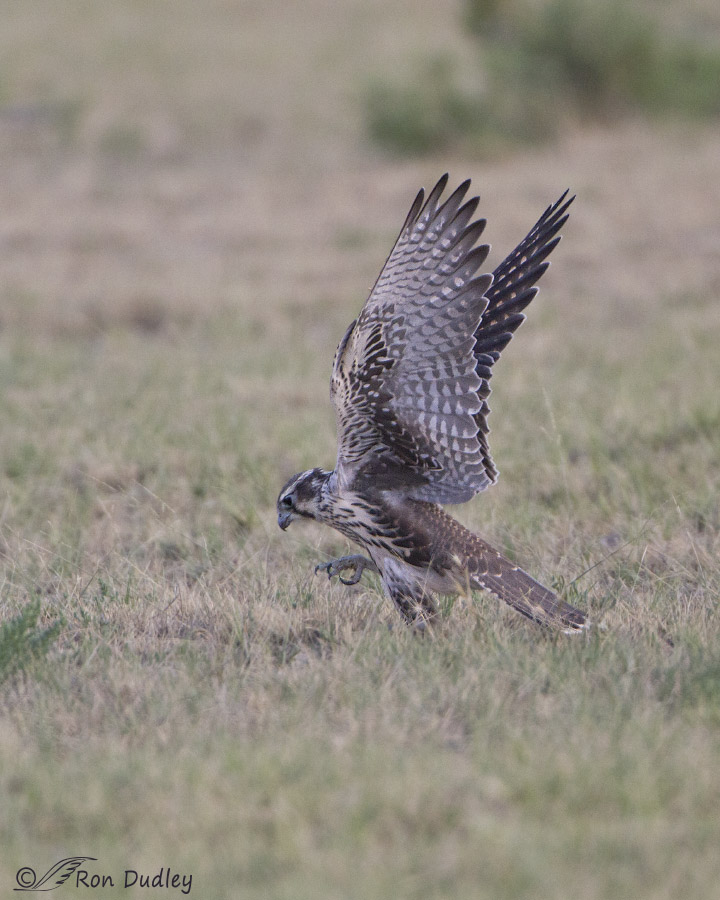
Grasshoppers are not typical prey for Prairie Falcons. Studies indicate that the main foods taken are other birds (Horned Larks and meadowlarks are favorites), small mammals and lizards but in a pinch they do consume flying insects, including grasshoppers. This bird was intent on doing just that.
Continue reading